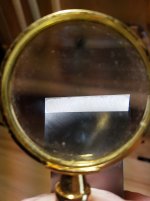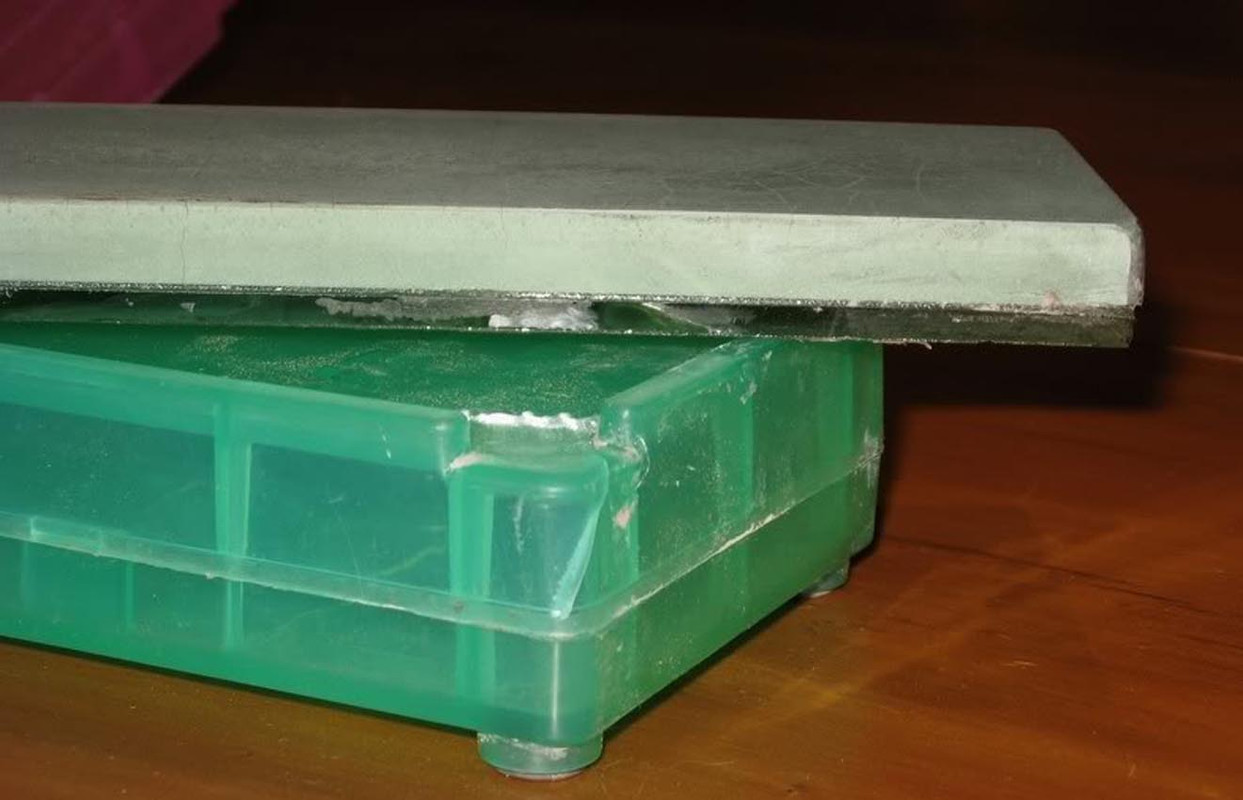HarveyWildes
Member
- Joined
- May 3, 2016
- Messages
- 984
Rob Lee said:Hi -
Our lapping process conditions surfaces to a flatness far higher than we quote (an order of magnitude). However, we hedge as there can be some amount of springback as the blades are lapped with pressure applied.
For all intents and purposes - they are stupidly flat for woodworking.....you can only make them worse by working on them.
If you are going to polish the back (and you should) - I would start with a 4000X or more- they will require very little time to polish.
The back of our blades have a flat gray appearance. This is a result of a random scratch pattern that disperses (scatters?) light at high angles of incidence (like when you're looking at it!). If you sight down the blade at a lower angle (say 10-15 degrees) - it will have a mirror surface. Polishing will dull the scratch pattern - and you will a "mirror" finish at higher angles of incidence.
Cheers -
Rob
Thanks [member=4165]Rob Lee[/member] - Just the info I wanted. I just hope I haven't screwed up my existing chisels by starting at a grit that is too coarse. Thanks also to [member=4358]derekcohen[/member] for verifying from your experience.



